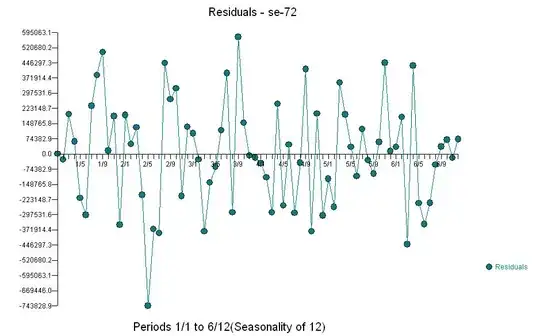First off:
Does it mean that age=25 influences churn=1 or does it simply influence churn and could for instance influence more churn=0?
If age has a high variable importance, then it is important for distinguishing cases with churn = 1 vs. cases with churn = 0. It is meaningless to discuss its influencing one of two classes more than the other.
As General Abrial notes, RFs are great at modeling nonlinearities. Correlations are inherently linear. (At least, Pearson's is.) Thus, you can have a variable that is not at all correlated with the outcome, but is nevertheless highly important for predicting it, through a nonlinear relationship.
Let's look at an example. Here is a predictor xx that relates to our outcome in a nonlinear manner:
set.seed(1)
xx <- runif(1e3,-1,1)
yy <- 1-xx^2+rnorm(1e3,0,.1)
cor.test(xx,yy)
plot(xx,yy)

cor.test() tells us that there is essentially zero correlation between xx and yy ($r=-0.04$). Nevertheless, it should be obvious that xx is important in predicting yy.
Let's add a few more completely irrelevant predictors, fit a RF and look at variable importance:
library(randomForest)
foo <- runif(1e3,-1,1)
bar <- runif(1e3,-1,1)
baz <- runif(1e3,-1,1)
rf <- randomForest(yy~xx+foo+bar+baz)
rf$importance
IncNodePurity
xx 72.535584
foo 8.724830
bar 9.061573
baz 9.054412
